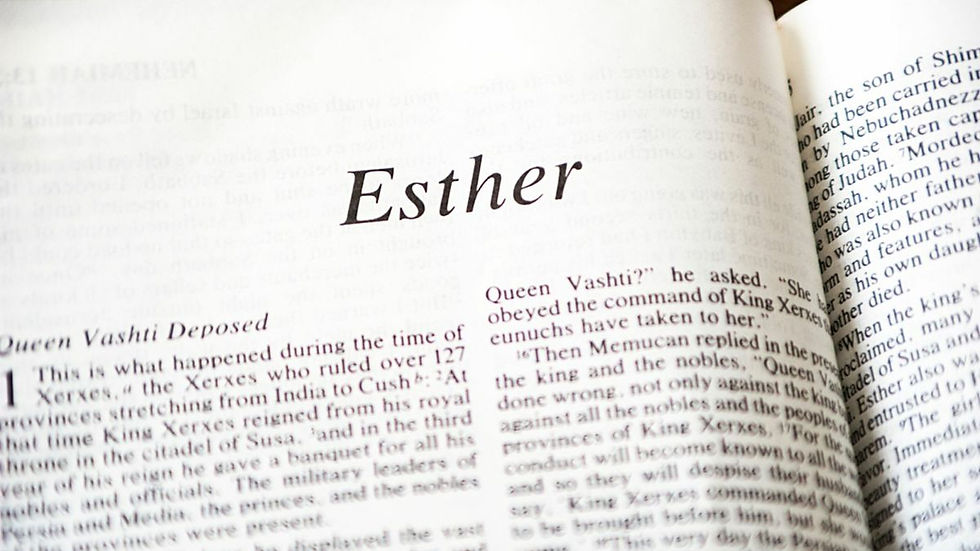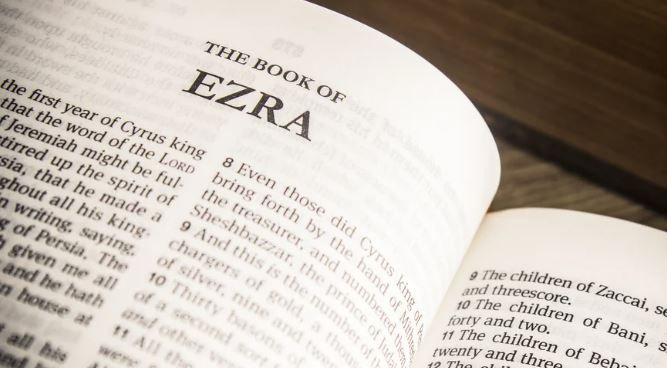Book of Nehemiah Summary: Rebuilding the Walls and Restoring the People
- Bible Believing Christian

- Aug 8
- 4 min read

Book of Nehemiah Summary: Rebuilding the Walls and Restoring the People
Nehemiah is more than a book about construction—it’s about leadership, perseverance, and the revival of a nation. While Ezra focused on the temple and the Word, Nehemiah focuses on rebuilding the city and its walls, all while battling opposition and spiritual decline. But the heart of Nehemiah isn’t stone and mortar. It’s about rebuilding a people from the inside out. God uses an ordinary man with a sacred burden to show us how faith, prayer, and grit can bring life back to ruins.
Nehemiah follows after the events of Ezra and overlaps with the end of the Old Testament timeline. Together, Ezra and Nehemiah form one continuous historical narrative in Jewish tradition.
Author: Traditionally attributed to Nehemiah (autobiographical style)
Timeline: Around 445–430 BC, during the reign of Artaxerxes I of Persia
Etymology
Hebrew Name: נְחֶמְיָה (Neḥemyāh) – meaning “Yahweh comforts”
Greek (LXX): Νεεμίας (Neemías)
Chapter Movements & Key Events
Chapters 1–2: Nehemiah’s Burden and Calling
Nehemiah is a cupbearer to the king of Persia—trusted but far from home.
Upon hearing of Jerusalem’s broken walls, he weeps, fasts, and prays.
God grants him favor with King Artaxerxes, who sends him with provisions and authority.
“When I heard this, I sat down and wept. In fact, for days I mourned, fasted, and prayed to the God of heaven.”(Nehemiah 1:4, NLT)
Chapters 3–7: Rebuilding in the Face of Opposition
The people begin rebuilding the wall with assigned sections—goldsmiths, merchants, priests, and families all contribute.
Opposition comes from Sanballat, Tobiah, and others who mock, threaten, and plot against the work.
Nehemiah responds with prayer, strategy, and sword.
“The laborers carried on their work with one hand supporting their load and one hand holding a weapon.”(Nehemiah 4:17, NLT)
Despite intense opposition and internal discouragement, the wall is completed in 52 days (Nehemiah 6:15).
Chapters 8–10: Spiritual Renewal
Ezra reads the Book of the Law aloud to the people.
The people weep, repent, and rejoice.
They celebrate the Feast of Tabernacles, confess sins, and renew their covenant with God.
“Don’t be dejected and sad, for the joy of the Lord is your strength!”(Nehemiah 8:10, NLT)
Chapters 11–13: Reforms and Final Restoration
Nehemiah enforces reforms: restoring tithes, appointing leaders, and cleansing the temple.
He confronts corruption, Sabbath-breaking, and intermarriage with pagans—a recurring sin since Ezra’s day.
He calls the people back to holiness with passion and boldness.
Bridge to Jesus
Nehemiah rebuilt the walls—but walls only go so far. The real problem wasn’t security—it was the human heart. This prepares the way for Jesus, who doesn’t just build walls—He tears them down. He breaks the barrier between God and man, not with stone, but with His own blood.
How Nehemiah Points to Jesus
1. A Cupbearer Sent by a King → A Savior Sent by the King of Heaven
Nehemiah left his palace role to rebuild a broken people. Jesus left heaven to do the same.
“Though He was God… He gave up His divine privileges… and was born as a human being.”(Philippians 2:6–7, NLT)
2. The Wall Rebuilt → The True Fortress Found
The people found security in the wall. Believers find it in Christ.
“The name of the Lord is a strong fortress; the godly run to Him and are safe.”(Proverbs 18:10, NLT)
3. Covenant Renewal → New Covenant Fulfilled
The people rededicated themselves to God’s law. Jesus offers a better covenant—written on hearts, not stone.
“This covenant will not be like the one I made… I will put My instructions deep within them, and I will write them on their hearts.”(Jeremiah 31:32–33, NLT; see also Hebrews 8:6)
4. The Joy of the Lord → Joy in Christ
Nehemiah reminded them that joy was their strength. Jesus gives a joy that no one can take away.
“You will rejoice, and no one can rob you of that joy.”(John 16:22, NLT)
Application – What Should We Do With This?
1. Take Prayer Seriously
Before laying a stone, Nehemiah fasted and prayed. So should we.
2. Don’t Be Surprised by Opposition
Whenever God rebuilds something in your life, expect mockery, resistance, and discouragement. Stay on the wall. Don’t come down.
3. Make the Word Central
When revival broke out, it wasn’t from emotional hype—it was from reading the Law aloud. The Bible still revives.
4. Rebuild with a Weapon in Hand
They worked with one hand and defended with the other. You’ll need faith and Scripture ready in both hands.
5. Finish the Work
The wall wasn’t done until every gate was secured. Nehemiah saw it through, and so must we.
“Let us not get tired of doing what is good. At just the right time… we will reap a harvest of blessing if we don’t give up.”(Galatians 6:9, NLT)


